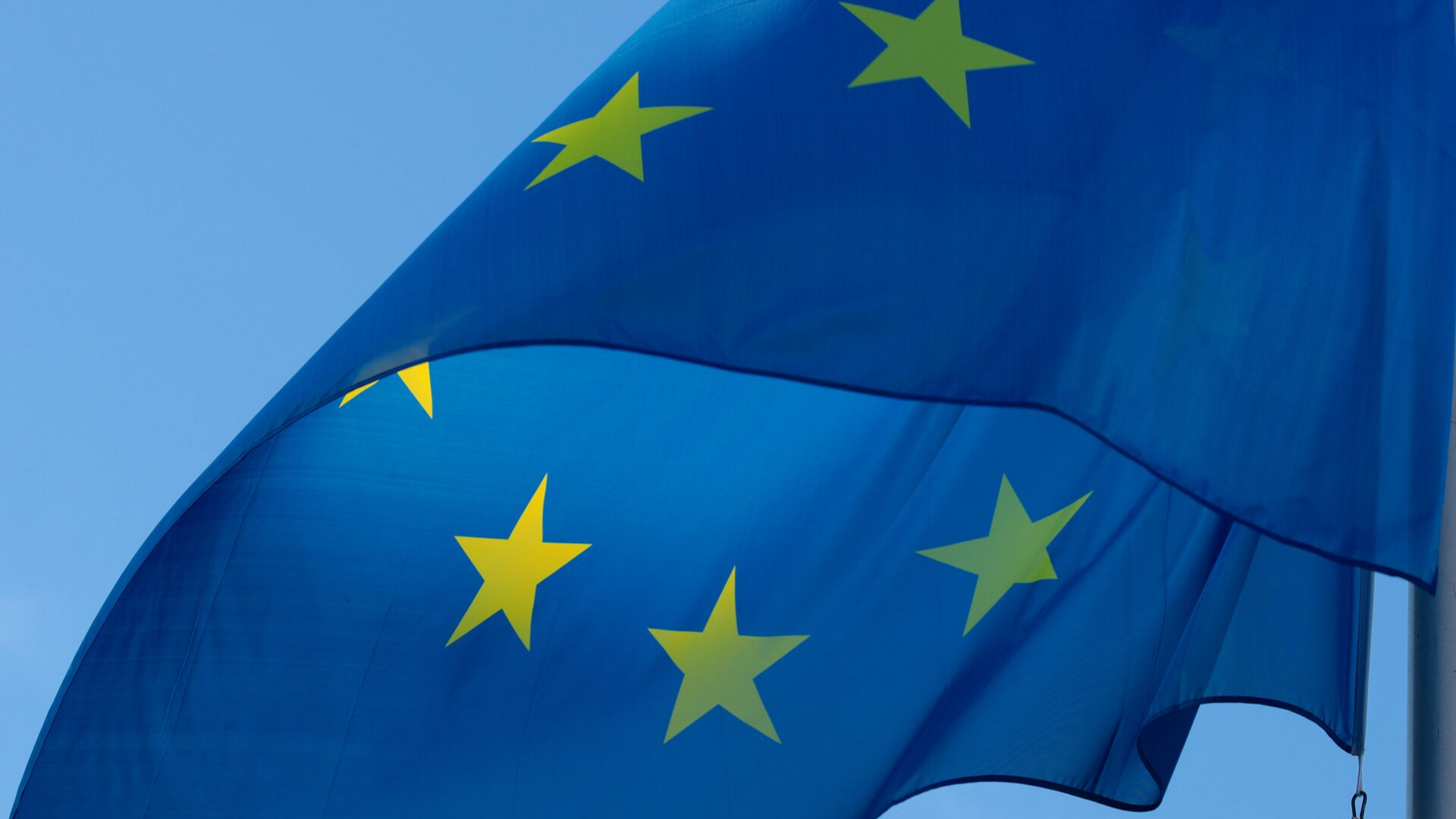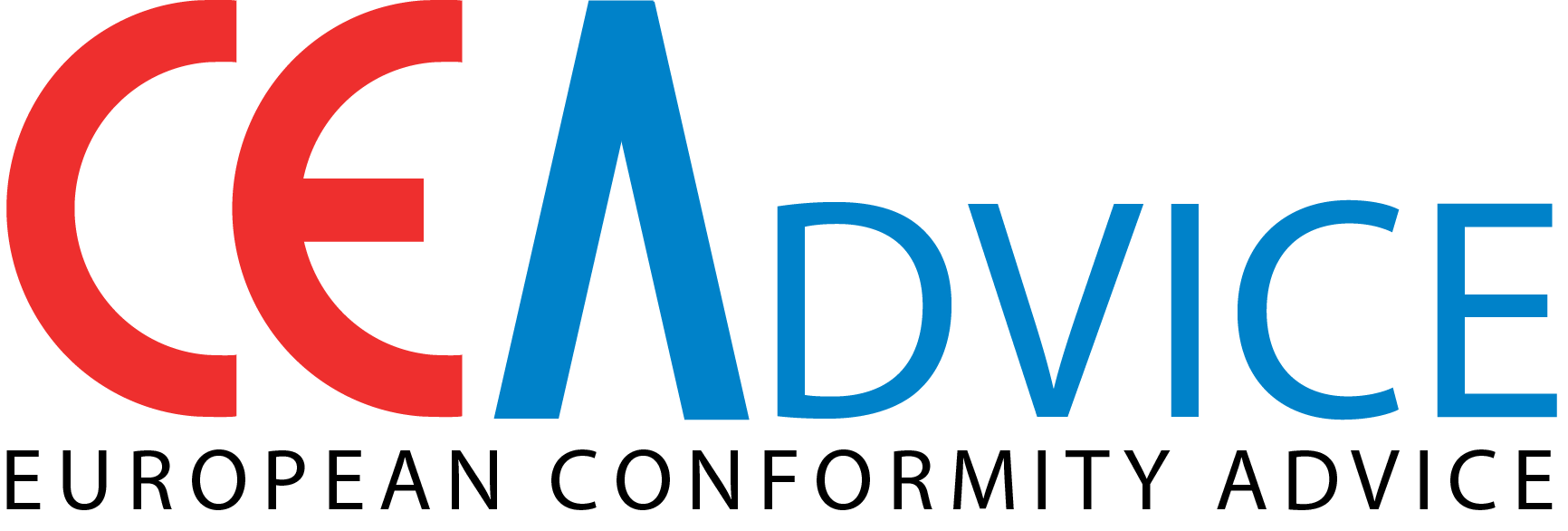CE marking of electronic cigarettes
THE CE MARKING OF ELECTRONIC CIGARETTES IS REQUIRED BY THE EUROPEAN LAW.
The directives that impose the CE marking of electronic cigarettes are:
- 2014/35/EU – Low Voltage Directive (LVD)
- 2014/30/EU – Electromagnetic Compatibility Directive
- 2015/863/EU – Directive amending the RoHS Directive
- 2011/65/CE – RoHS Directive
Furthermore, although not mentioning the CE marking, you must include:
- 2012/19/CE – WEEE Directive
- 2009/125/CE – Ecocompatible design directive
IN-DEPTH
WHO HAS TO MAKE THE
CE MARKING OF ELECTRONIC CIGARETTES?
Electronic cigarettes fall into the category of electrical and electronic products so the CE marking is mandatory for those who put into free circulation within the European Community the electronic cigarettes.
If you are the manufacturer, you need an autorized representative in Europe to make the CE marking.
THE ESSENTIAL HEALTH AND SAFETY REQUIREMENTS SHOULD BE
SATISFIED IN ORDER TO ENSURE THAT DEVICE IS SAFE
AN ELECTRICAL OR ELECTRONIC DEVICE, WITHOUT CE MARKING IS ILLEGAL IN EUROPE
ONLY A RESIDENT IN THE EUROPEAN COMMUNITY CAN CARRY OUT THE CE MARKING
THE TECHNICAL FILE IS MANDATORY TO FORMALIZE THE CE MARKING
What does an electronic cigarette need to be placed into the European Community market?
The European law requires the preparation of the technical file to carry out the CE marking of electronic cigarettes, that includes the risk analysis, the use and maintenance manual, the Declaration of Conformity, etc.
The directives that impose the CE marking of electronic devices are:
2014/35/EU – Low Voltage Directive (LVD) for products and electrical components that operate between 50 and 1,000 V in alternating current and between 75 and 1,500 V in direct current.
2014/30/EU – Electromagnetic Compatibility Directive for equipment and systems capable of producing electromagnetic disturbances that could create problems and damage.
2015/863/EU – Directive amending the RoHS Directive establishing rules regarding the restriction of the use of hazardous substances in electrical and electronic equipment (EEE).
2011/65/EC – RoHS Directive which indicates the absence or presence below the limits set by law, of pollutants and noxious substances, contained in a list that establishes the tolerated limits.
Moreover, not mentioning the CE marking, but relevant for electronic devices, you must consider:
2012/19/CE – WEEE Directive governing the management of electrical and electronic waste and requires that the collection of these materials be made by special consortia.
2009/125/CE – Ecocompatible Design Directive so that all the interventions and choices that avoid the use of polluting substances are considered and products not dangerous for the environment will be realized in the future. In addition, aspects related to electricity consumption are considered.
The liquids used in the electronic cigarettes, whatever their composition, are subject to the discipline of substances (REACH).
NOTE:
both electronic cigarettes and liquids to be used in them are subject to very strict controls and a regulation foresees the REGISTRATION AT EUROPEAN LEVEL which must be performed after accreditation.
To respond to the requests of many operators in the sector of electronic cigarettes, we have decided to make a new service available alongside the CE marking service.
CEAdvice can assist you both in the preparation of the technical documentation required by law and in the European registration procedure.
Contact us for clarifications and estimates.
THE CE MARK

BASE INFOS
Do you know the basic information on CE marking?
What’s the CE marking?
The CE marking is a mandatory procedure for all products covered by a Community directive, it must be carried out by the manufacturer or the authorised representative established in the European Union, which declares by means of the Declaration of Conformity , which the product complies with the safety and health requirements, provided for in the relevant Community directives or regulations in addition to avoid problems with the authorities and the police in case of control.


Who should make the CE marking?
The CE marking is a process that must be carried out by the product manufacturer or his authorised representative established in the European Community who, with the Declaration of Conformity, declares that the product complies with the safety and health requirements of the law. You can ask for advice on CE marking, but you can’t let others do it, unless you name a representative, that is, a legal agent. In any case, anyone who sells the product under his own name is totally responsible for it.
If you live in a non-EU country, can you mark CE your product?
No, the directives clearly clarify that ONLY a resident in the European Community can carry out this activity.
Therefore, if a non-European subject supplies a CE marked product, that mark is always illegal, even if the product complies with European laws. It is necessary to distinguish between the product, which enters the EU market, and the producer, if it is outside the EU, the law demands a substitute (importer or agent).


Beware of scams! What is the CE certificate?
The certificate or certification is NOT the CE mark, on this aspect there is a lot of confusion and many scams, for customers and for the authorities. At most, a certificate is a component of the CE mark but does not replace it. Never!
On the CE marking many have an interest in creating confusion! We help you to clarify and you can have our assistance and advice.
We're here to help you!
Headquarters
9 Island Ave, Apt 1715
Miami Beach FI 333139
Write us
info@ceadvice.com
Call us
+1 305 772 2123
Mon-Fri from 9 am to 6 pm

